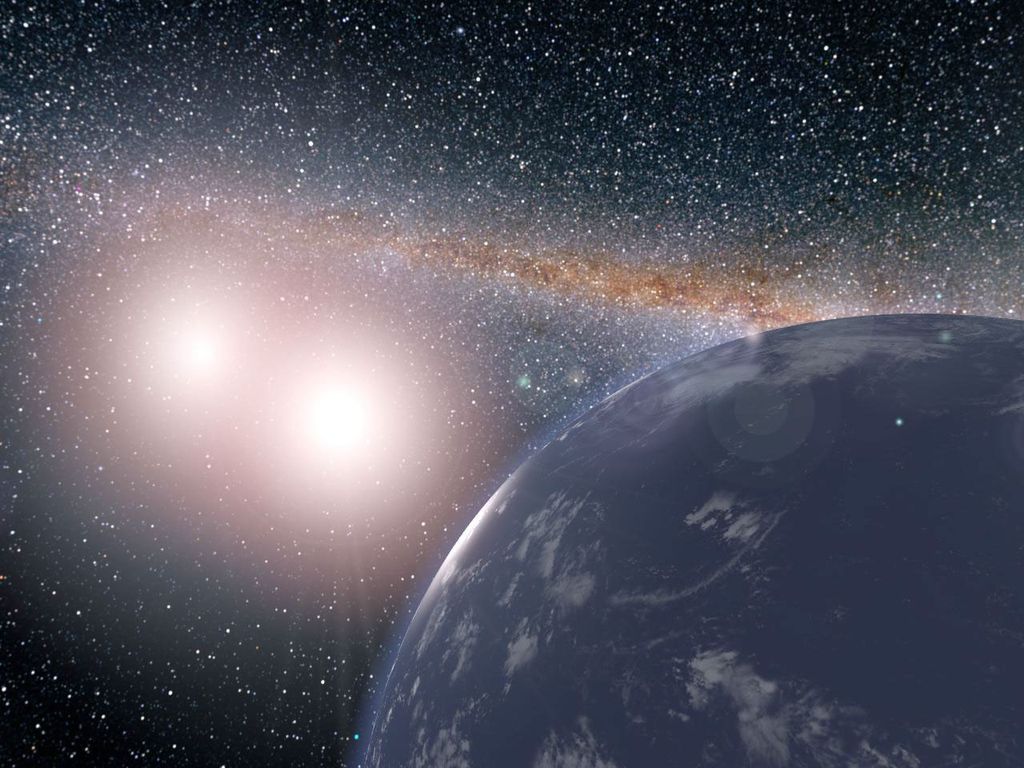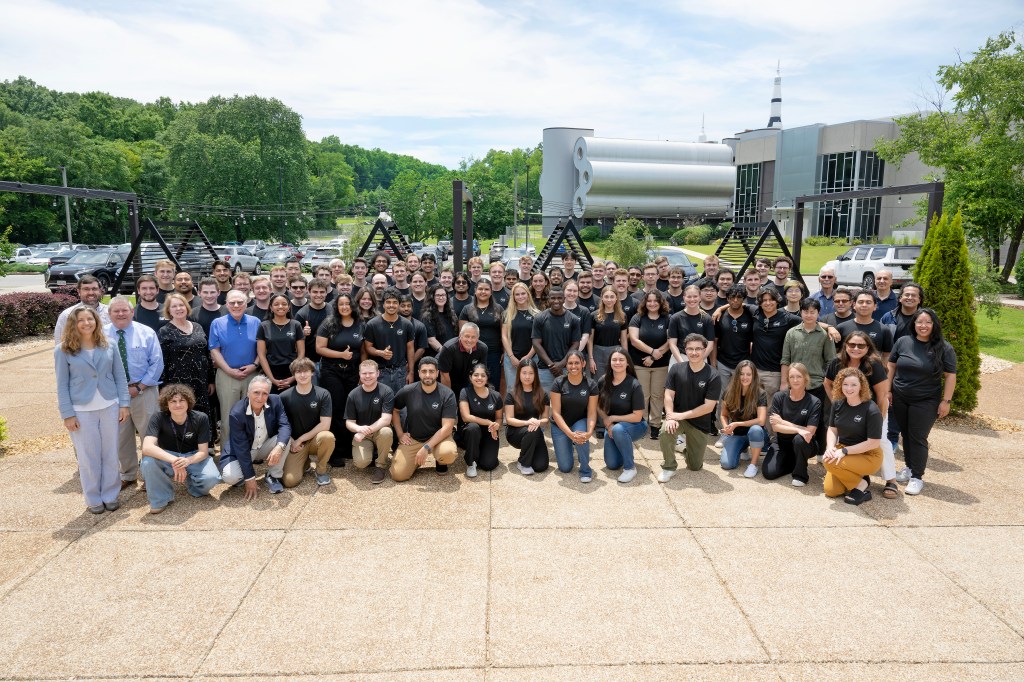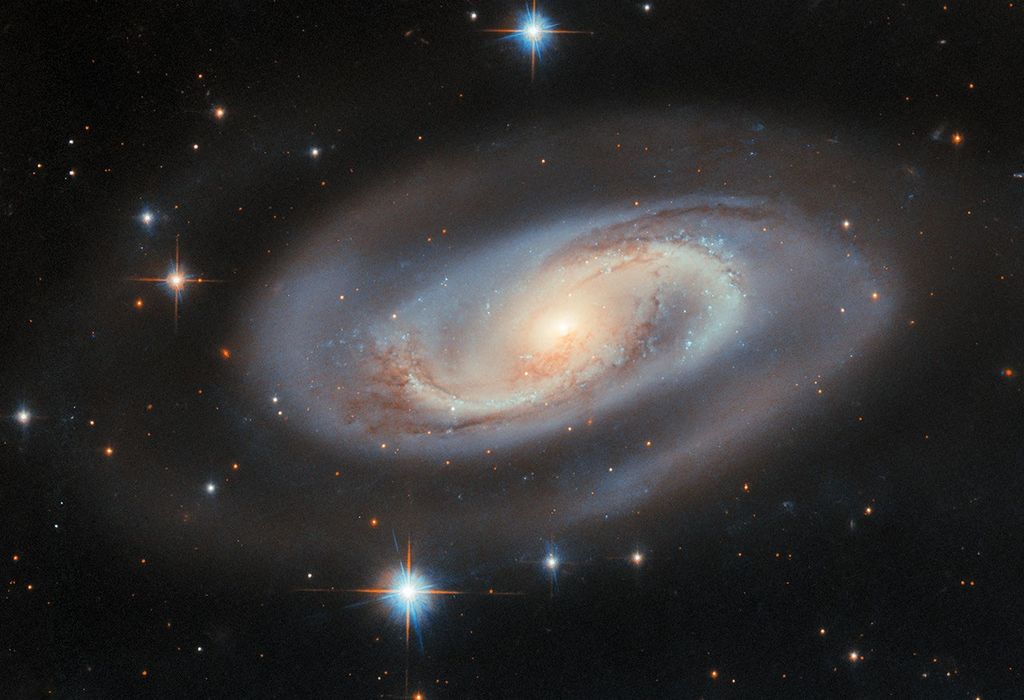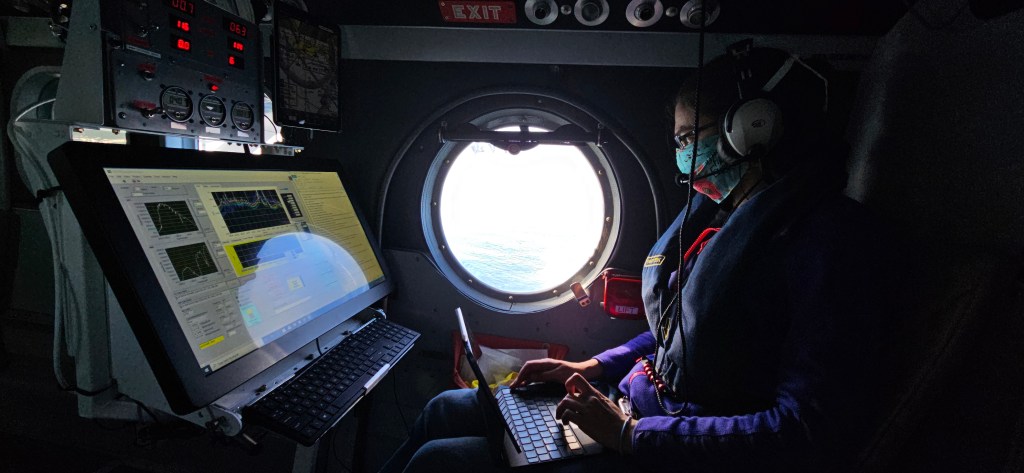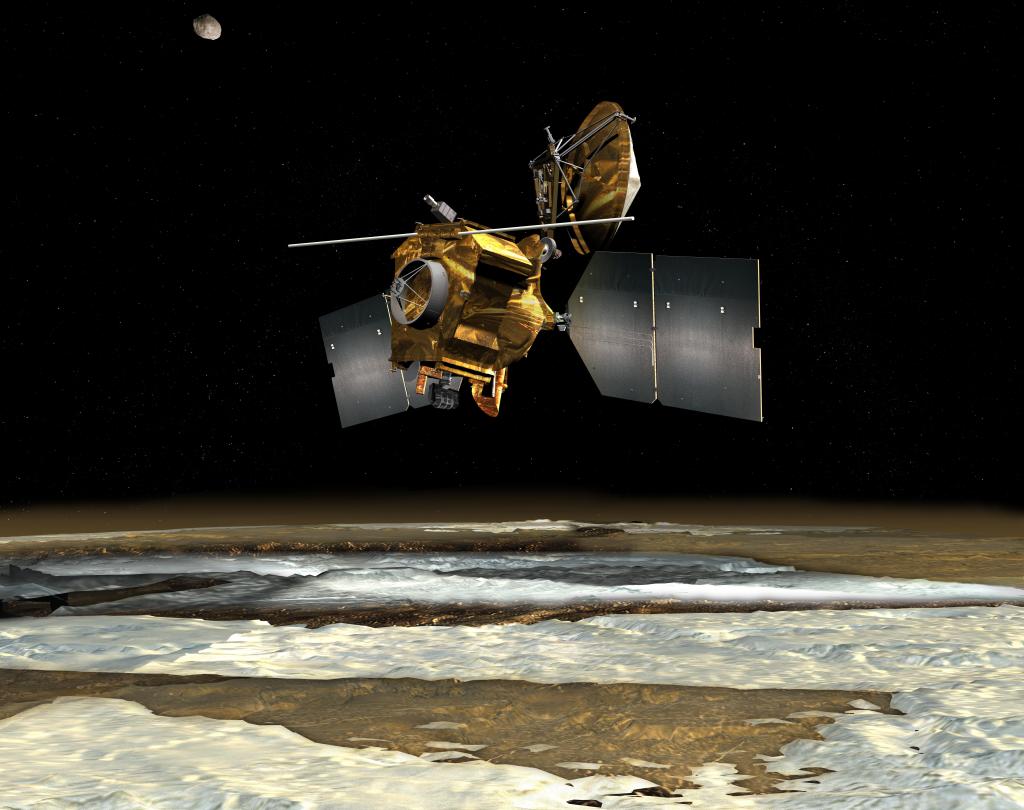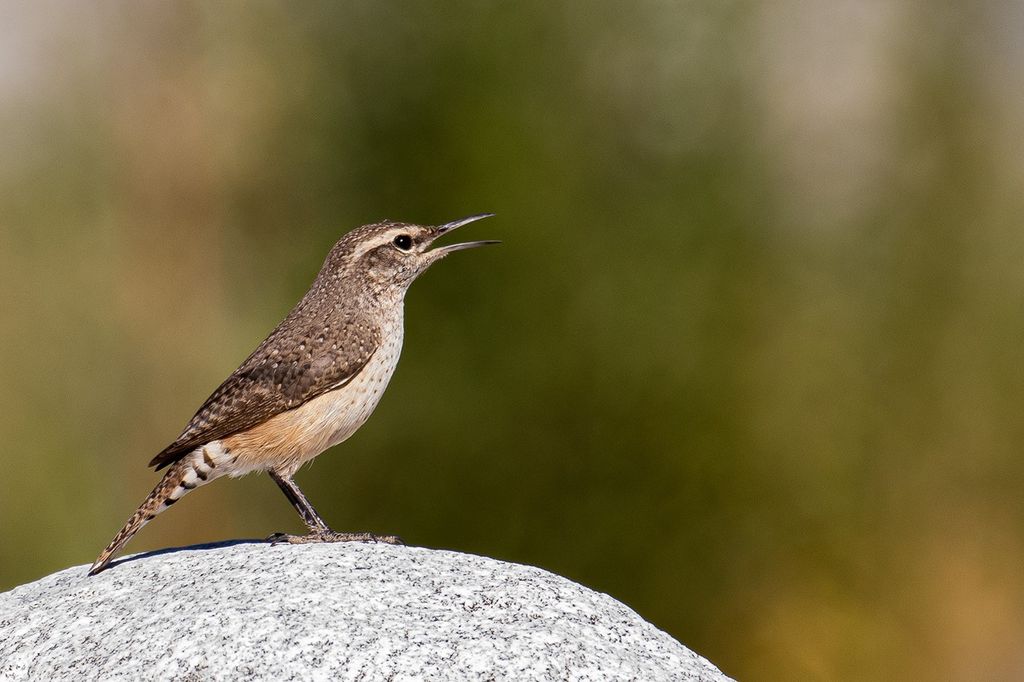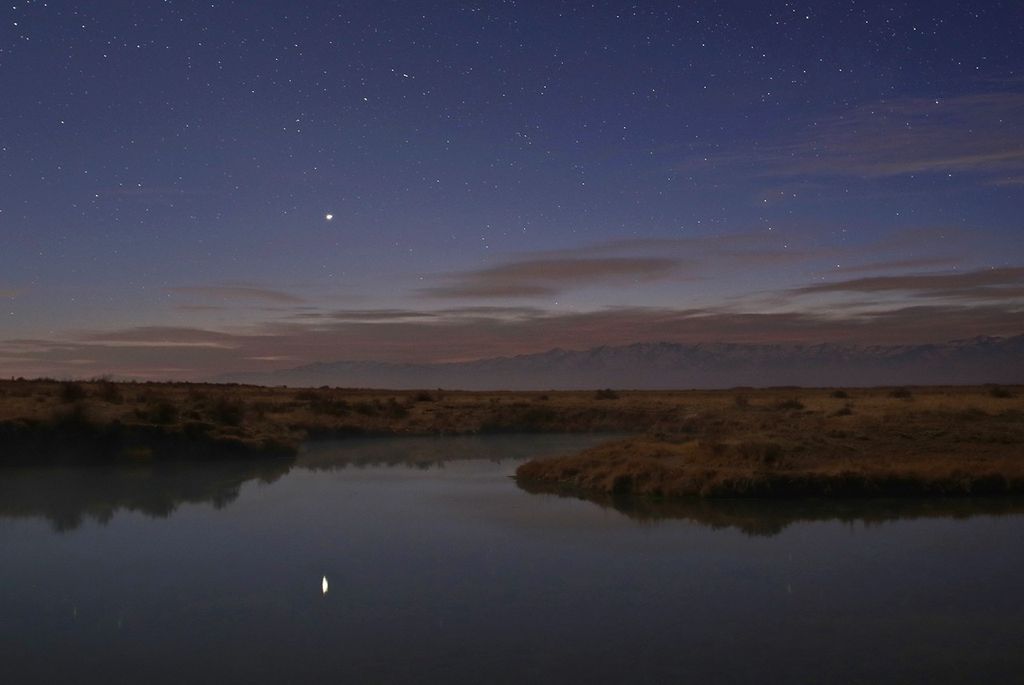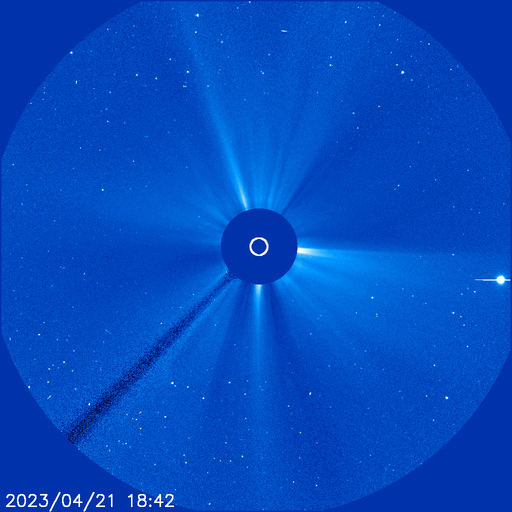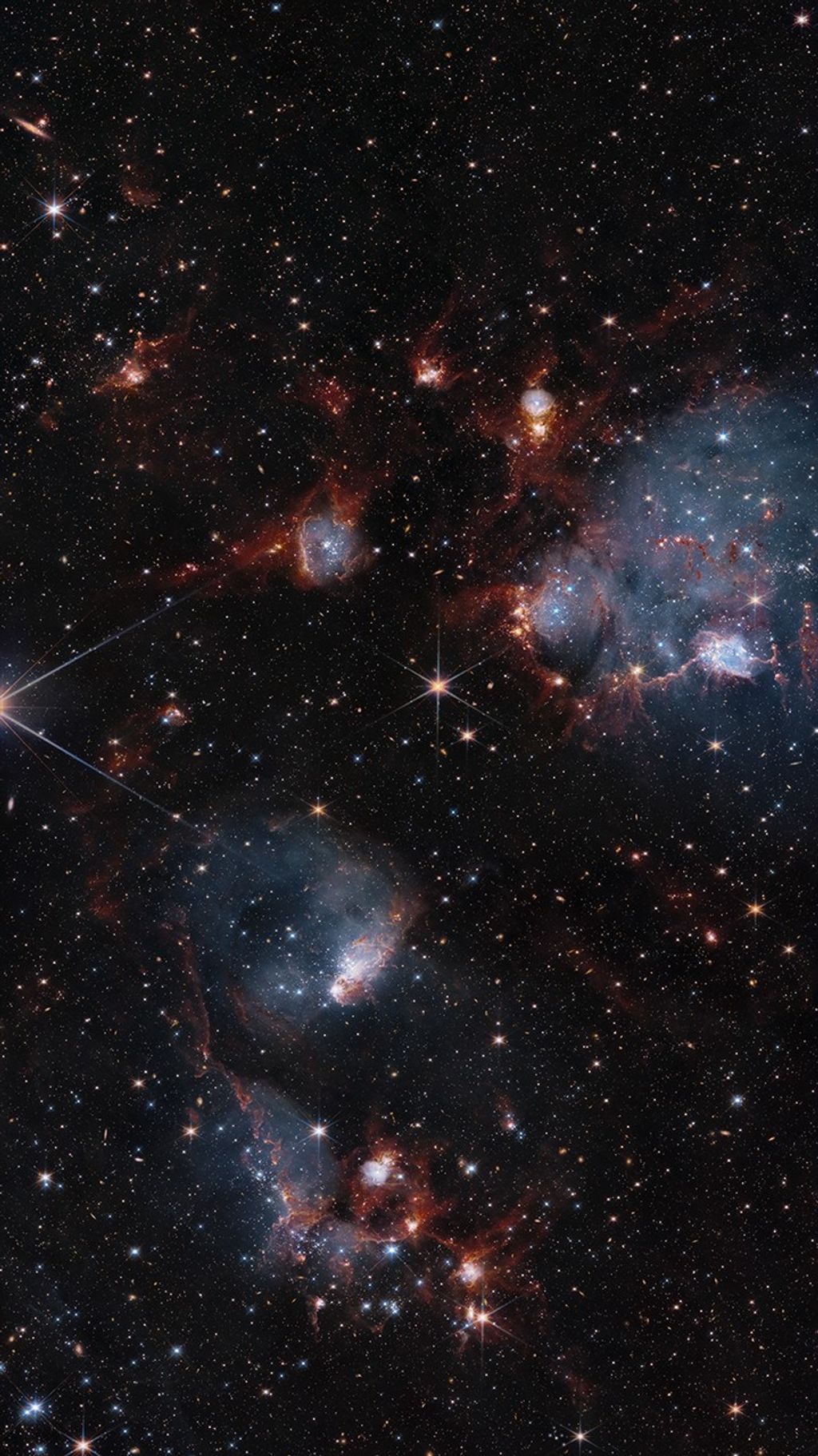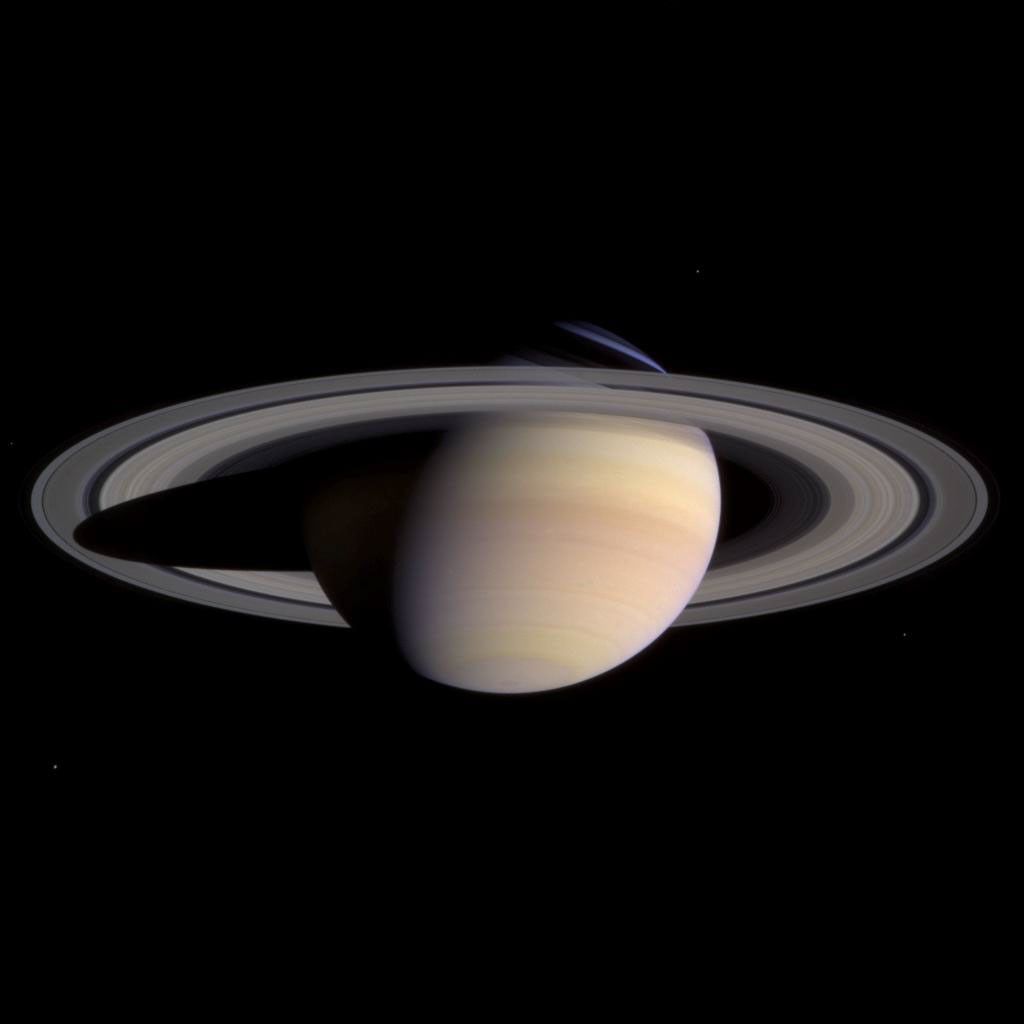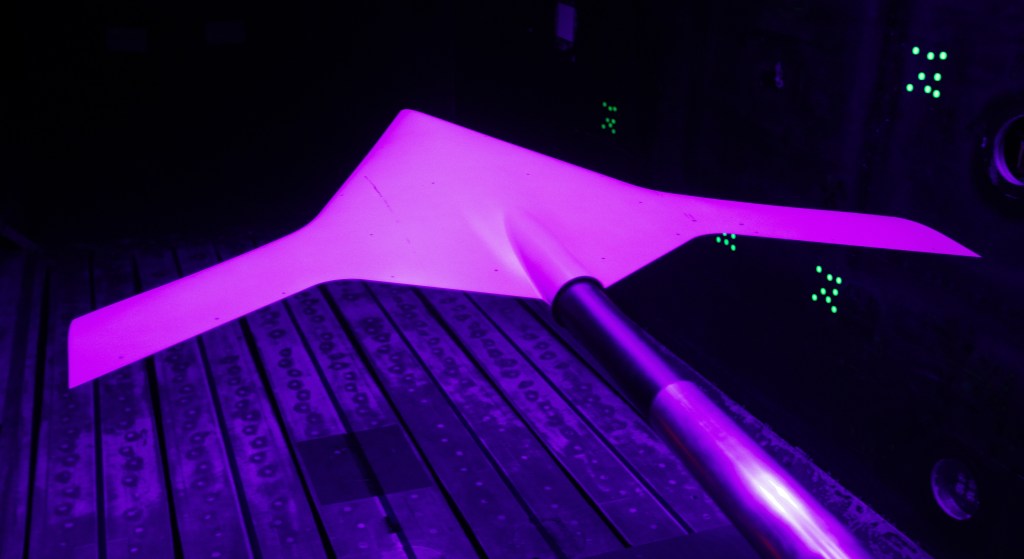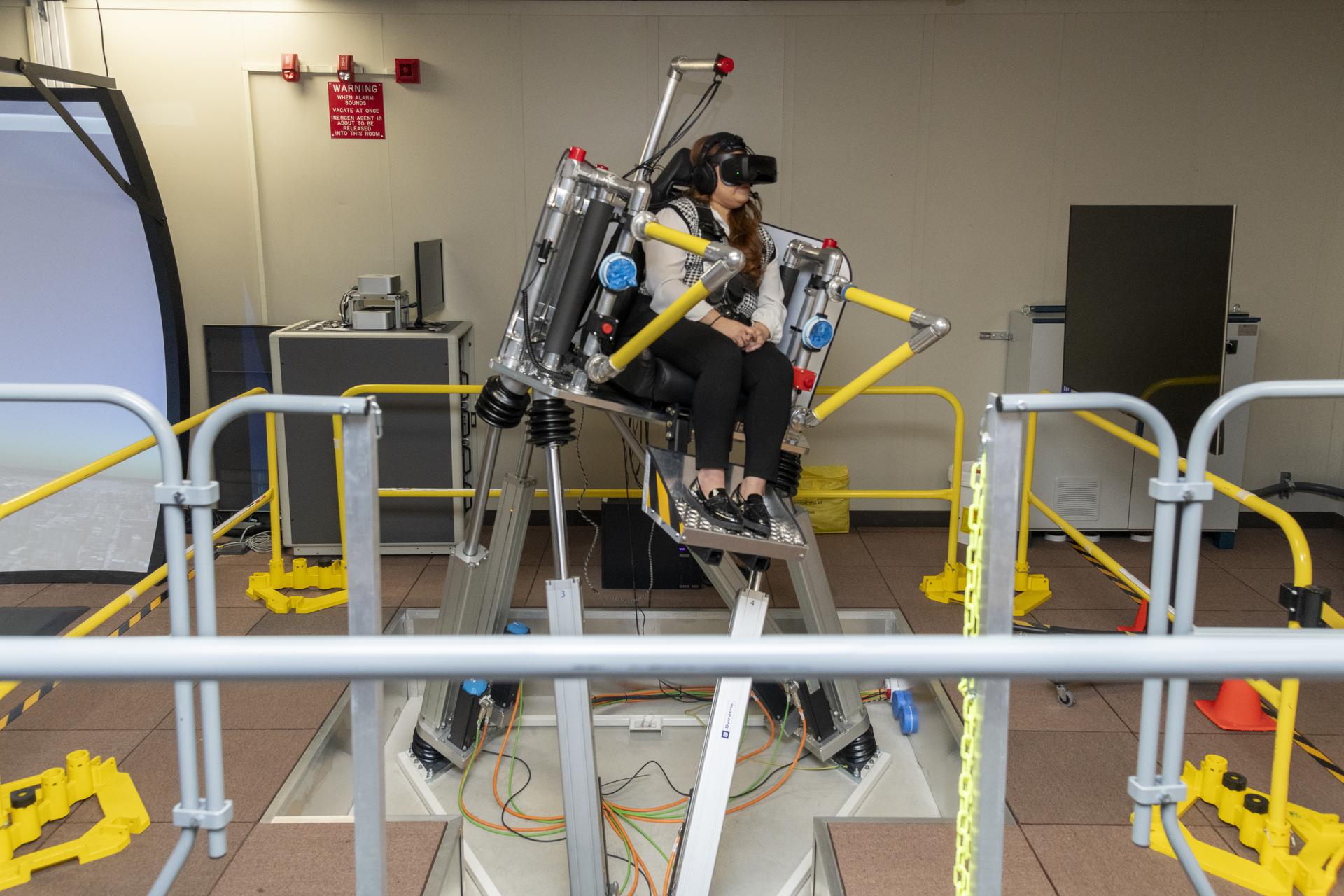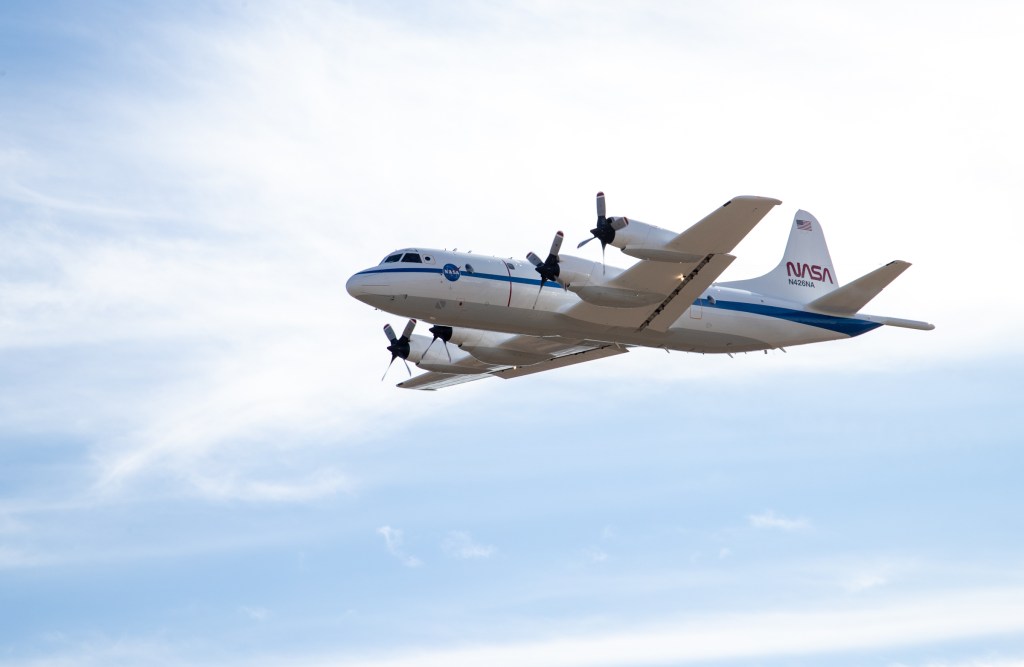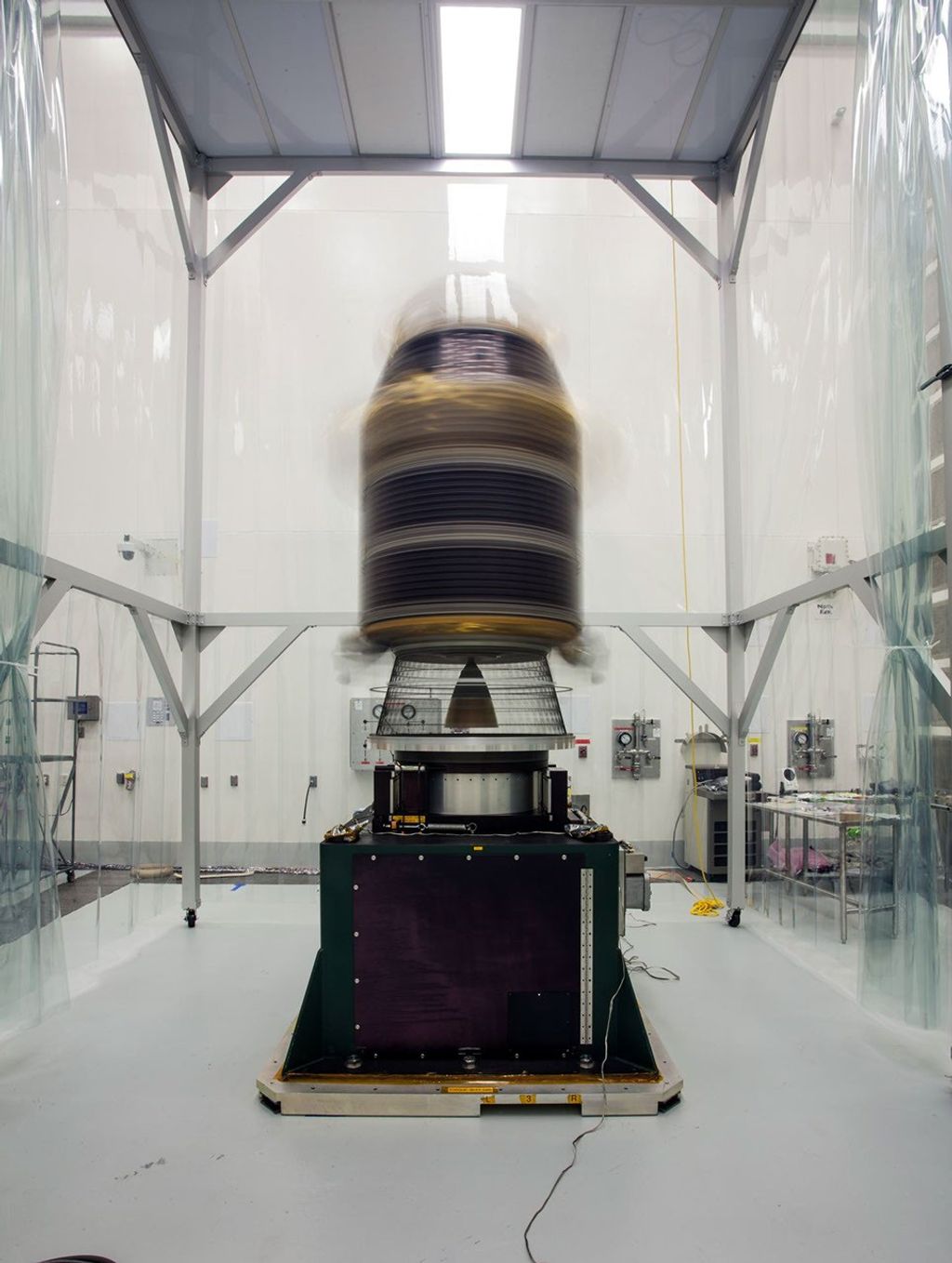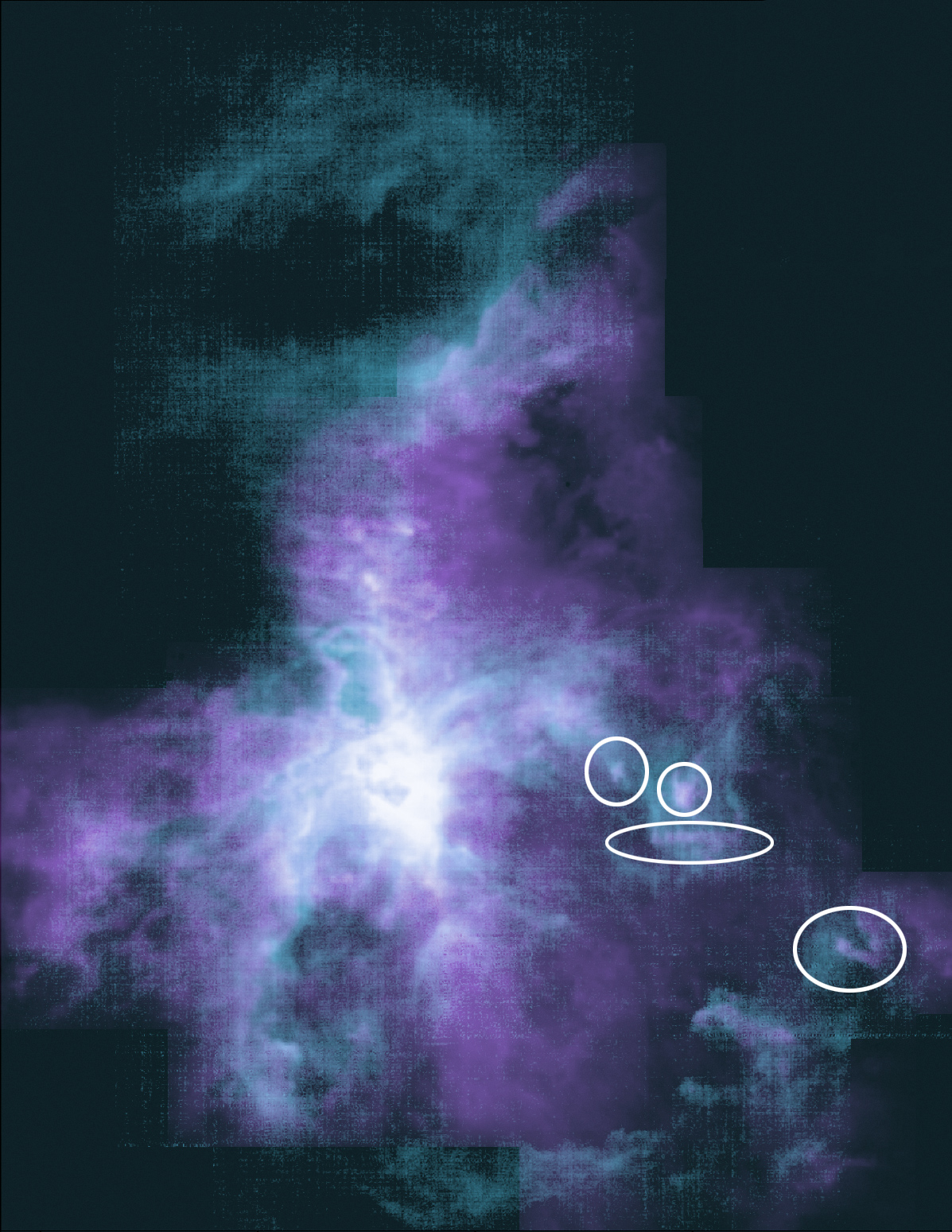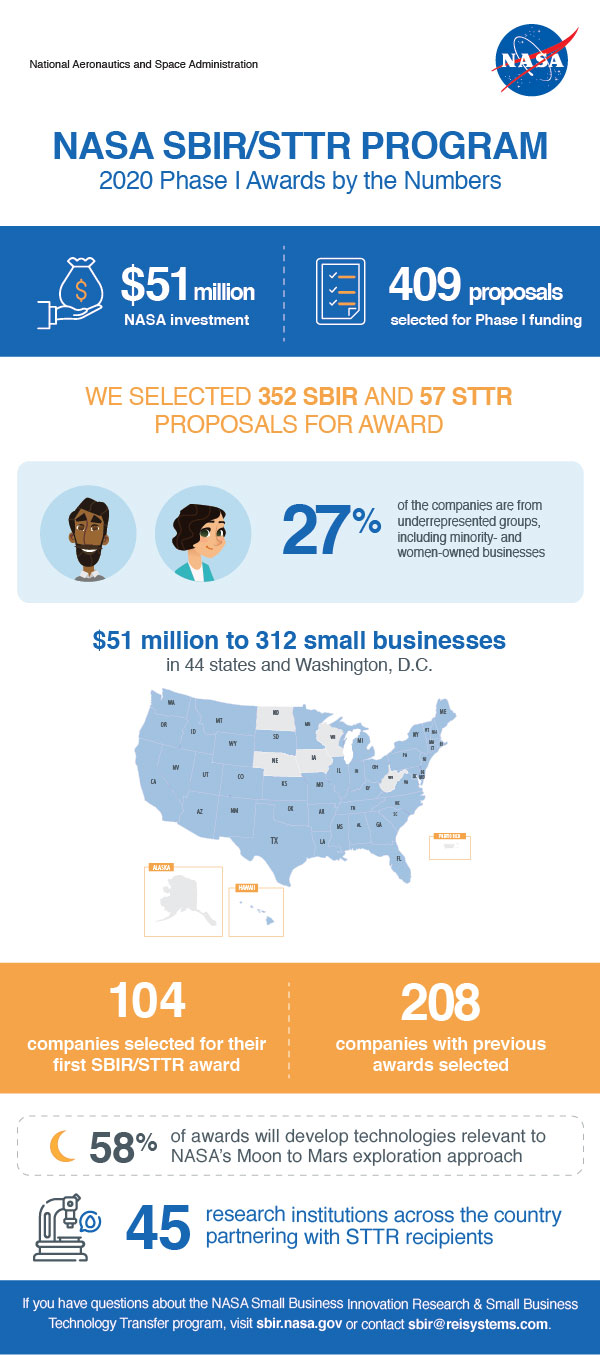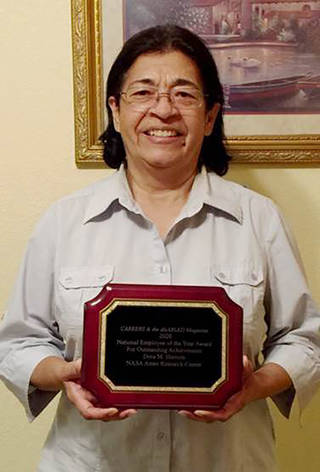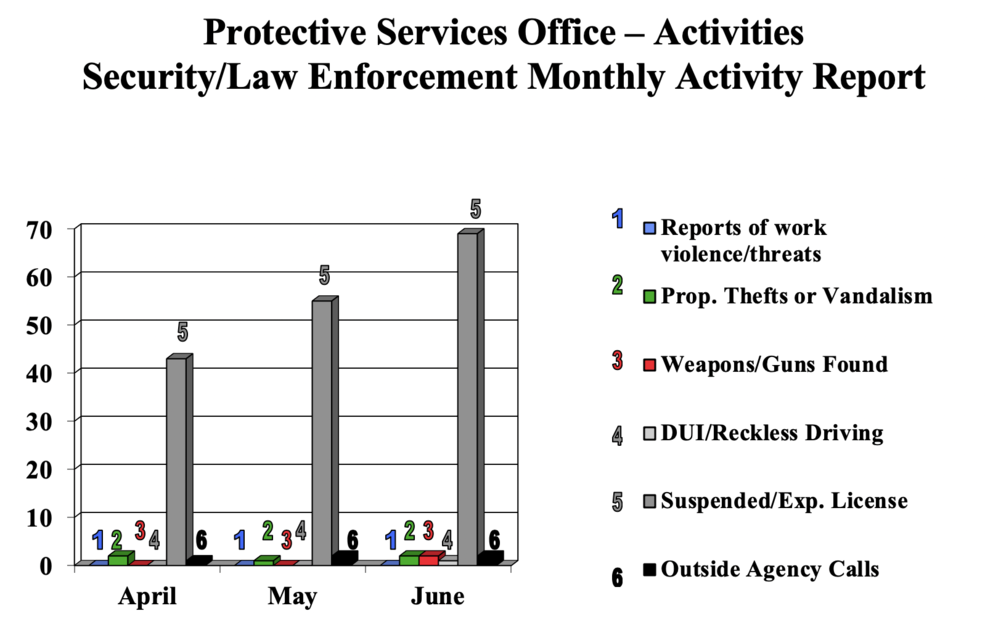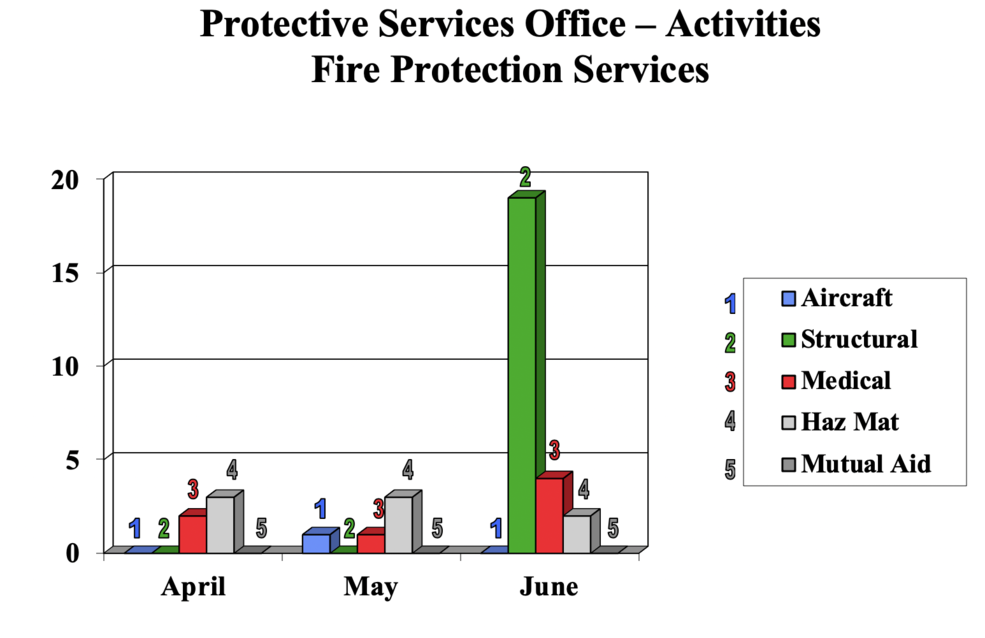July 2020 issue of Ames' newsletter, the Astrogram
Ames Contributions to Mars 2020 Mission
by Gianine Figliozzi
NASA will launch the Mars 2020 Perseverance rover to better understand the climate and geology of Mars and search for signs of ancient microbial life as part of its astrobiology mission. The rover is the largest, heaviest, most sophisticated vehicle NASA has ever sent to Mars. It will collect samples of Martian rock and soil that are planned to be picked up by subsequent robotic missions and returned to Earth for analysis. Additionally, Perseverance will test new technology that will help us prepare for future robotic missions and human exploration of the Red Planet.
The Mars Helicopter, Ingenuity, is riding to the surface of Mars, attached to the belly of Perseverance, to perform a technology demonstration. This small, autonomous aircraft will demonstrate the first powered flight on Mars — or any other planetary body, other than Earth — and transform planetary exploration.
NASA’s Ames Research Center in California’s Silicon Valley made key contributions both to the Mars 2020 Perseverance rover mission and the Ingenuity Mars Helicopter mission.
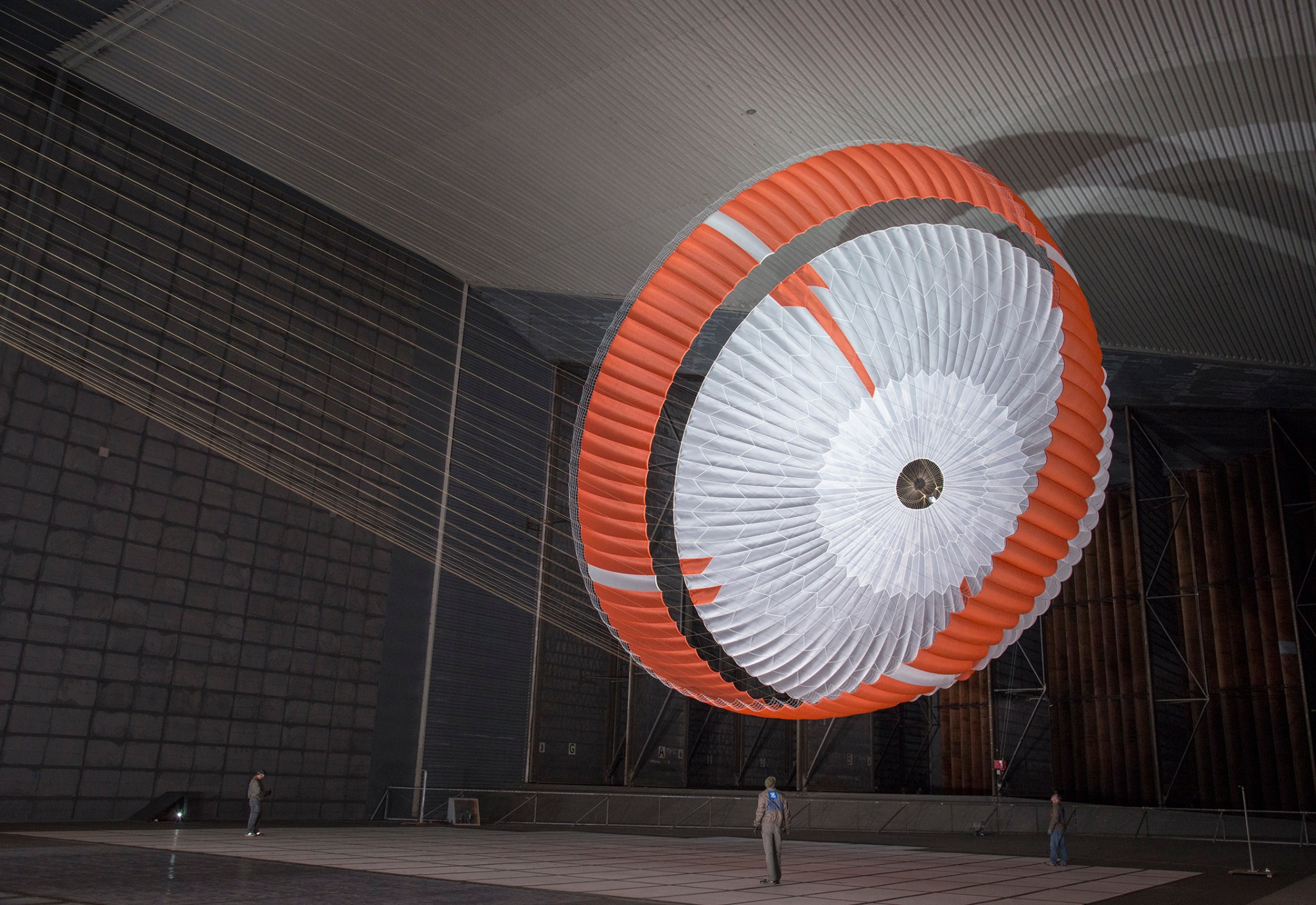
For full story, see: AmesContributions
First Signs of Star Birth Caused by Orion’s Wind
by Kassandra Bell
In the closest stellar nursery to Earth, the Orion Nebula, an enormous bubble that cleared away star-seeding material is now showing signs of birthing stars along its edges within tiny, densely compacted clouds. These observations of Orion offer scientists new insights into how the stars we see today can affect new generations of stars in the future.
The new research combines results from NASA’s flying observatory the Stratospheric Observatory for Infrared Astronomy, or SOFIA, and the Institute of Radio and Millimeter Astronomy’s, or IRAM, 30-meter radio telescope in Pica Veleta, Spain and are published in Astronomy and Astrophysics.
For full story, see: StarBirthOrion
NASA Invests $51 Million in Innovative Ideas from US Small Businesses
by Tiffany Blake
NASA has selected 409 technology proposals for the first phase of funding from the agency’s Small Business Innovation Research, or SBIR, and Small Business Technology Transfer, or STTR, program. The contracts will provide approximately $51 million to 312 small businesses in 44 states and Washington, D.C.
“NASA depends on America’s small businesses for innovative technology development that helps us achieve our wide variety of missions,” said Jim Reuter, associate administrator for NASA’s Space Technology Mission Directorate in Washington. “Whether we’re landing Artemis astronauts on the Moon, sending rovers to Mars, or developing next-generation aircraft our small business partners play an important role.”
More than 100 of the selected companies will be first-time recipients of a NASA SBIR or STTR contract. Additionally, 27% of the small businesses are from underrepresented groups, including minority and women-owned businesses.
For full story, see: NASAInvestsSmallBusinesses
Dora Herrera Selected by CAREERS and the disABLED Magazine as Employee of the Year
by Maria Lopez
Dora Herrera is known on center for championing for diversity and the disabled. She was recently recognized by Equal Opportunity Publications CAREERS and the disABLED Magazine as Employee of the Year for her initiative to further develop an inclusive environment and her extensive community outreach. Herrera currently serves as the Ames Disability Advocates, or ADA, chair. Her long-term involvement with ADA and her job as a facilities manager provide a unique opportunity for her to perform the initial site inspections for compliance of the Americans with Disabilities Act.
Herrera also serves as a Subject Matter Expert and provides valuable input on diversity outreach programs being proposed by NASA’s Office of Diversity and Equal Opportunity, or ODEO. These NASA Headquarter’s directives affect all NASA employees by setting our cultural diversity goals containing action items for progress. Herrera is a Hispanic woman who has a loss of hearing and she applies her perspective to help NASA achieve goals realistically and with inclusive approaches.
Additionally, for the past 28 years Herrera has been a volunteer with the NASA Speakers Bureau and has used her college degree as an electronics technician to be a role model and encourage advancing education in science, technology, engineering, and mathematics, or STEM, for underrepresented students. She gives classroom presentations about NASA’s missions for students in pre-Kindergarten to elementary and career fairs for middle and high school students as well as young adults in vocational training programs.
Herrera assembled her own robotic hand to share the excitement of electronics and to show how math and science are jobs of the future. She buys freeze-dried astronaut ice cream for each class to taste, and talks about how rockets launching one pound of water in the food cost $10,000 of rocket fuel. She then reviews the many challenges space exploration involves by taking a full-size model of the astronaut spacesuit for students to see.
Throughout the years, Herrera has visited more than 147 classrooms and schools and reached more than 4,735 students!
Congratulations to Dora on the prominent recognition of her outstanding contributions over the years to enable all people at Ames to do their best work and inspiring the next generation!

